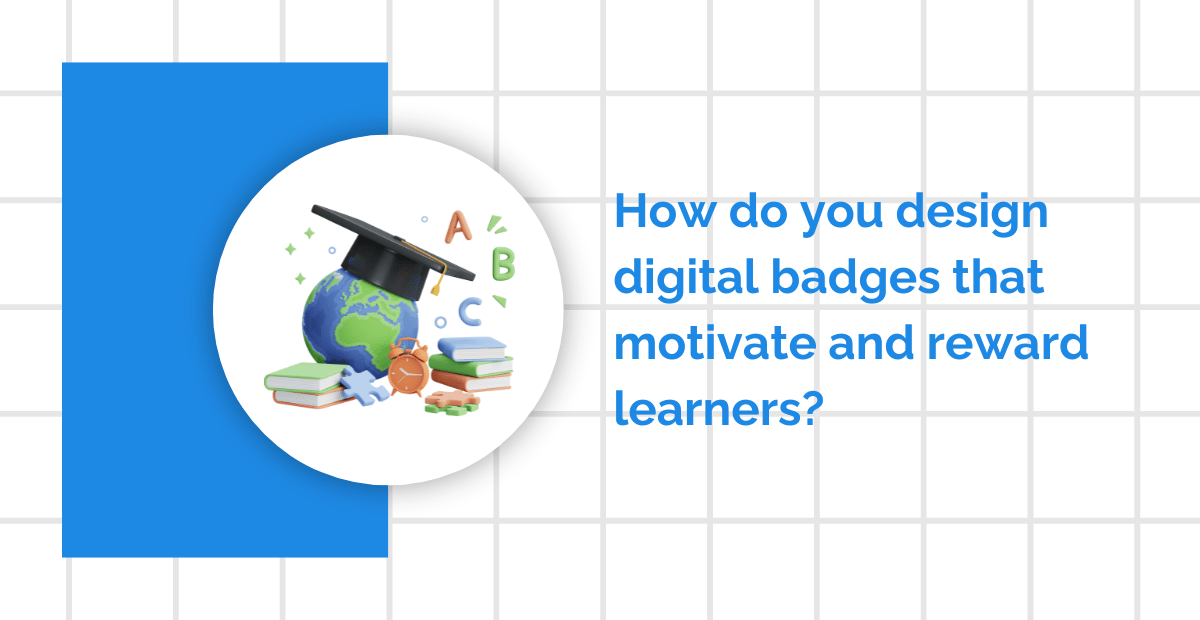How do you design digital badges that motivate and reward learners?
Showcasing one’s skills and abilities has become crucial. Numerous training and development programs are available to enhance digital skills and proficiency in using digital tools. While traditional physical training remains an option, virtual training programs now offer the same level of quality instruction. These programs provide learners with digital credentials, including Digital Certificates and various types of Digital Badges, all secured with blockchain technology for identity and content verification.
-
Digital badges, often referred to as OpenBadges, are low-stake credentials that serve as digital evidence of a learner’s progress and skill attainment in a learning program.
-
Open badges adhere to technical standards and have been supported by Mozilla since 2011.
-
These badges come with metadata and advanced security measures, ensuring the tracking and validation of their contents.
-
They are easily traceable, verifiable, and shareable across various digital platforms, such as LinkedIn profiles and portfolios.
Motivating Through Digital Badges
-
Digital badges can be used to reward and acknowledge learners’ progress throughout a learning program, skill acquisition, or outstanding performance in specific subject areas.
-
They provide a sense of recognition and achievement to learners, motivating them to engage and participate actively in their learning journey.
-
Displaying these digital badges enhances brand awareness and boosts confidence among employees and learners.
-
Rewarding progress and accomplishments with digital credentials streamlines the learning process and makes it more enjoyable and worthwhile.
The Benefits of Rewarding with Digital Credentials

-
Issuing digital certificates and badges provides learners with a tangible sense of recognition.
-
Recognition encourages active engagement and improved participation, thereby increasing brand awareness.
-
Rewarding learners for their efforts and achievements enhances their motivation and confidence.
-
It makes the learning process more efficient and valuable, as learners receive tangible rewards in the form of digital credentials.

 Author :
Author : 







